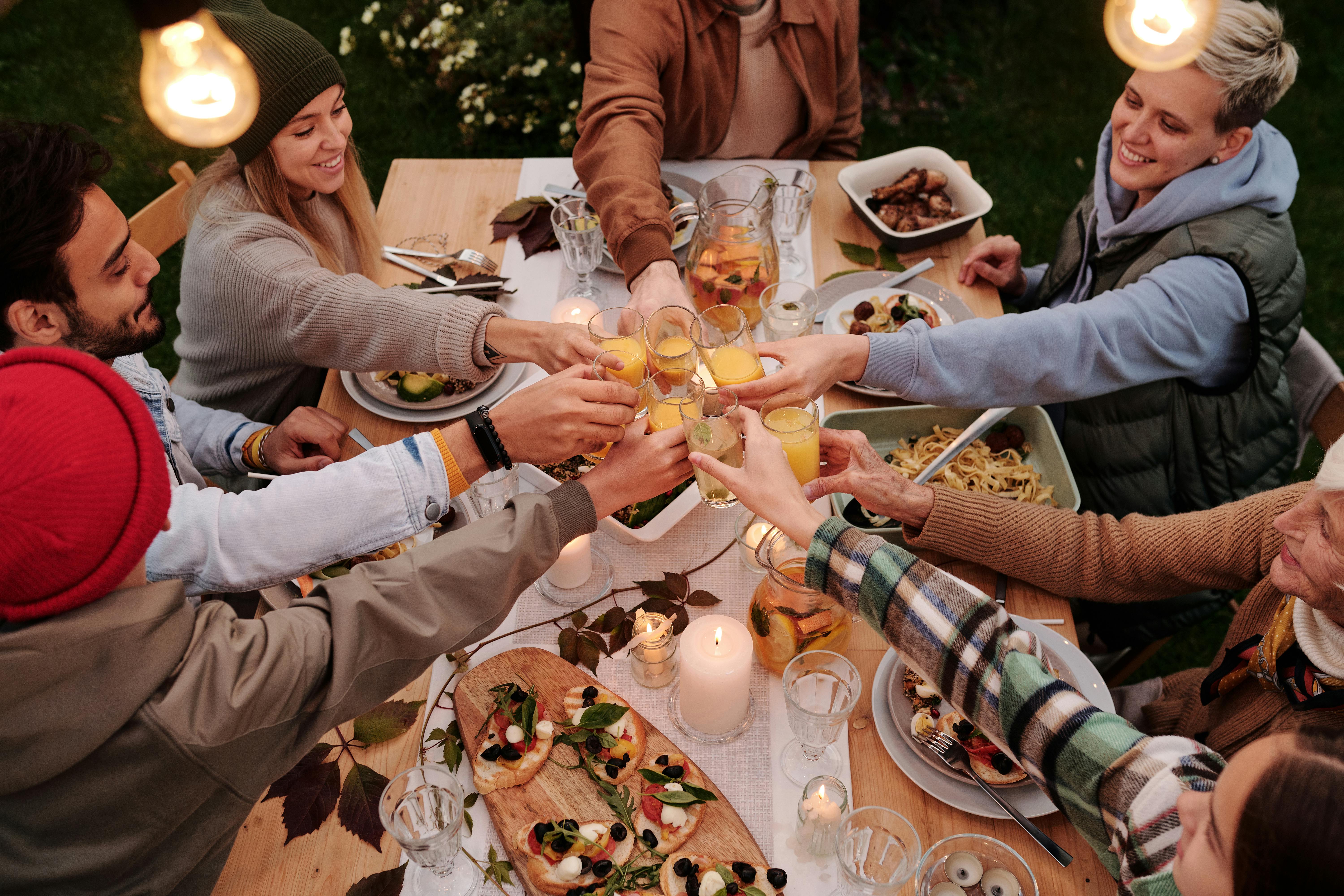Insight
Cultural Tension: Nouveau Traditional

As we head into another holiday season, people are making their arrangements to celebrate. But social media and headlines paint a stark picture of a pullback on holiday celebrations: Gen Z would prefer to spend Thanksgiving alone. Millennials are rejecting family gatherings. That might be part of the story, but the reality of how we prefer to celebrate the holidays is more nuanced.
For this month’s Cultural Tension, we studied our evolving relationship with traditions to learn how younger generations are approaching their holiday plans. We conducted our own study, focusing on college students and their view of the holidays, to understand if traditional family holiday gatherings are on the way out or if there’s more to the story. Our research revealed a more complex reality—one that challenges a straightforward narrative and uncovers a true tension within modern celebration.
According to our study, rather than witnessing the death of tradition, we're seeing an evolution. At 79% of respondents, the vast majority reported maintaining traditions from their childhood, with an overwhelming 81% saying holiday traditions strengthen their family bonds. This dedication to tradition exists alongside a powerful drive to create new celebratory spaces: 53% of respondents say they actively create new traditions with friends and chosen family.
While 26% of respondents report experiencing increased family tensions during holiday gatherings, they're responding not by withdrawing fully from them but rather by diversifying their celebration styles to better suit their needs. In the past year, 55% of survey respondents started at least one or two new celebration traditions. The emergence of "Friendsgiving,” “Friendmas,” “Galentine’s Day” and other modern holiday events aren’t replacing traditional family gatherings—these new traditions are supplementing them, creating a more complex and potentially costly celebratory landscape.
What's particularly revealing from our survey was how this evolution of celebration defies common assumptions about social pressure and influence. Only 37% of respondents strongly agree that they spend money on holidays due to societal expectations, and even fewer (18%) agree that social media impacts their celebration choices.
These numbers suggest something more profound than external pressure or performative celebration around the holidays—it points to a genuine desire to maintain meaningful connections across expanding social circles. In fact, 77% of our survey respondents stated that they created new celebrations primarily to connect with friends. According to the Amex Trendex Report, 72% of Millennials and Gen Z would choose to spend their money on a trip with friends and family instead of on holiday gifts, further showcasing this desire for connection.
The challenge for younger generations isn't choosing between family traditions and friend celebrations; it's managing both given practical realities of limited time, finite resources, and the emotional energy required to create meaningful experiences across social circles. Friend celebrations align more closely with these factors as there is less pressure to host large-scale, formal events.
Especially in the aftermath of the pandemic, these informal traditions provide an outlet for connection and redefine celebration culture as we know it. In a time when the ability to host large-scale gatherings was restricted, people realized they had the power to create smaller, more personal traditions. This trend has persisted because people realize that celebrating seemingly insignificant milestones or de facto holidays boosts their mood.
For brands, the evolution of new age holidays and celebration culture presents a unique opportunity. Success doesn't lie in helping young people choose between tradition and innovation, but in enabling them to navigate both successfully. The winning strategy isn't about picking where to position your brand between old and new celebrations. Instead, it's about recognizing that modern celebration offers an opportunity for consumer brands to slide into our lives during these new festive occasions. Take Stanley Cup’s limited edition Galentine’s Day tumbler or canned food brand Heyday Canning’s Friendsgiving event as two examples of brands aligning themselves with new age celebrations.
Given the growing interest in new age holidays, the landscape of the holiday season will only grow more complex as younger generations navigate their traditional plans with family and add on new occasions to celebrate with their friends. As a result, there will be a lot more to celebrate, for people and brands alike.
More
News
Bullish on Cob Foods, our latest investmentInsights
Data Rich, Direction PoorInsights
Pioneers Mid-Year Sentiments 2025Insights
2025 Bullish Consumer/LP Summit HighlightsNews
Mike Duda featured in Beauty IndependentInsights
The Postzempic EconomySign up for the latest consumer insights and news
Most Dangerous Agency in America™
©2025